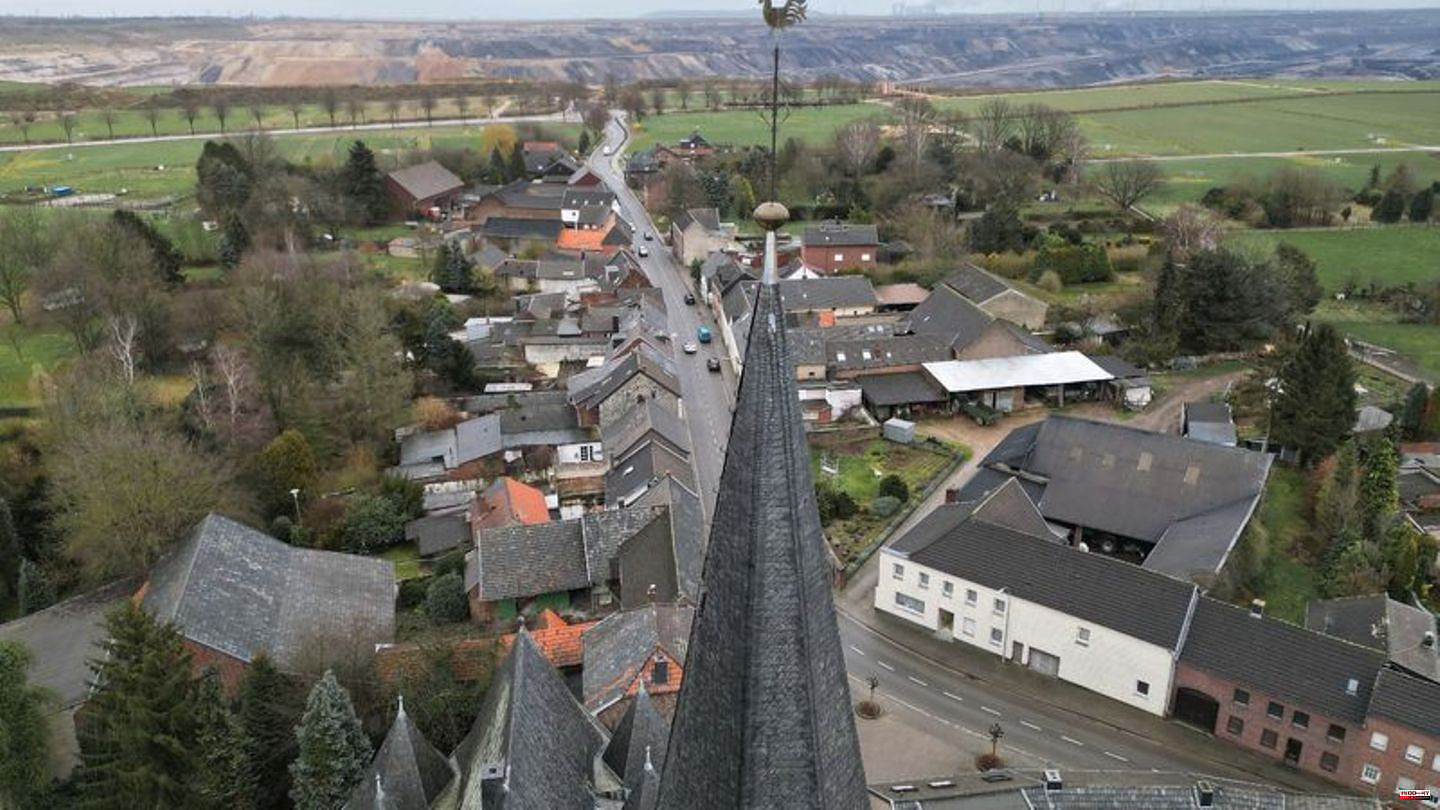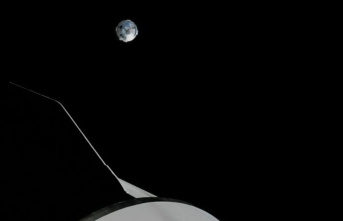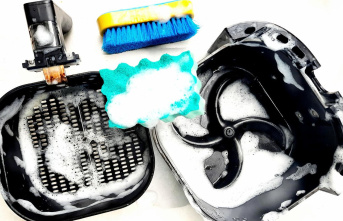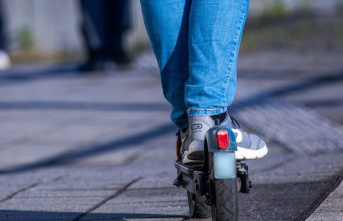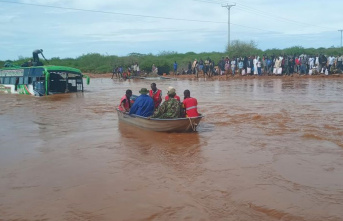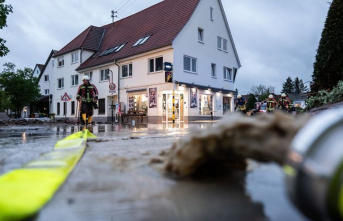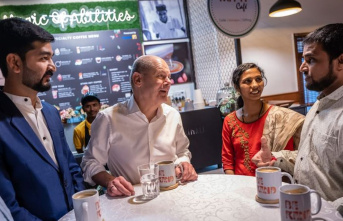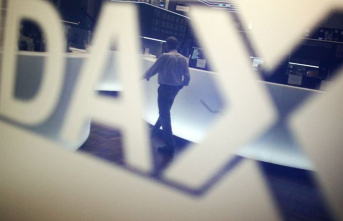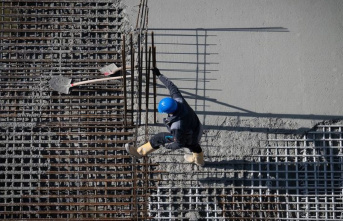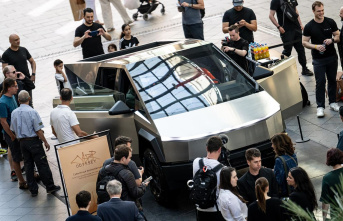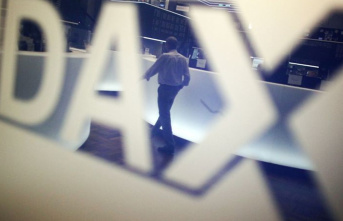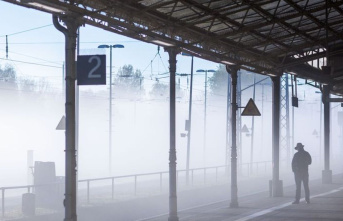Due to the early phase-out of lignite, the nearby towns in the Rhenish mining area are starting to plan for the future. Above all, the planned transformation of the extraction holes into recreational lakes inspires the imagination. In an online survey, the Garzweiler land sequence association now wants to explore ideas for the future use of the lake being created at the open-cast mine of the same name. Anyone interested can take part until May 6th. From this, ideas are derived for a so-called master plan for the development of the area around the future lake.
The association develops projects for the period after opencast mining and is supported by the neighboring municipalities of Mönchengladbach, Erkelenz, Jüchen, Grevenbroich and Titz. Almost half a million people live in the area. The anonymous survey is primarily aimed at them. The ideas and feedback will be discussed publicly in Erkelenz on May 21st.
“After opencast mining, new landscapes are created,” said Volker Mielchen, the managing director of the association. Thanks to the three large opencast mining lakes - in addition to Garzweiler, these are Hambach and Inden - the Rhenish mining area will get a new face in the next few decades. The course could now be set for the future lake after the Garzweiler opencast mine.
The survey is about what should become of the landscape on the lake. These could include residential areas, agriculture, leisure, sport, energy production, nature conservation and tourism. The first uses should be possible ten years after the start of sea filling.
According to the information, the Garzweiler Lake to be planned will be 160 meters deep in its final state and, with an area of 2200 hectares, one of the largest lakes in North Rhine-Westphalia. On the east bank there is said to be a former opencast mining site that has been filled and recultivated. Opposite there are several villages that were saved from demolition.
The nearby Hambach Lake, which will be created from the open-cast mine of the same name, is significantly larger. The plan here is for the filling itself to become an attraction for visitors. It should be possible to experience the creation of the body of water, for example where the water flows into the lake basin.
Lake Garzweiler and Lake Hambach will each be filled with water from the Rhine. The filling is expected to take around 40 years. However, the necessary transport line still has to be built. Construction is scheduled to begin next year. The phase-out of coal production is planned for 2030.
Project

